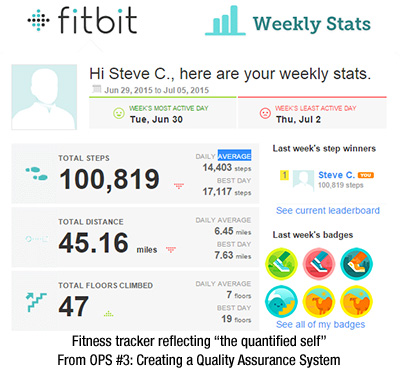05 Apr2016
By Lillian Chenoweth

Image From the SWOT Analysis Template
Source: OPS #3: Creating a Quality Assurance System
Have you ever been to a workshop that offered a Make-and-Take: Make a project, wrap it up, and take it home? In AACTE’s Online Professional Seminars (OPSs), you can do just that. The models and other resources shared in these short courses allow you to select materials for immediate application in your own setting, download them in user-friendly files, and then share with colleagues at your home institution.
19 Jan2016
By Lillian Chenoweth

Real sign from the UK, highlighting the absence of Type O blood in the nation’s blood banks.
From OPS #3 Creating a Quality Assurance System
The “missing O” campaign in the United Kingdom embedded a crucial message in the community to bring attention to the dwindling supply of Type O blood in the nation’s blood banks. From graphics and encoded messaging like this city sign for Downing Street, citizens learned of a need in novel ways.
An entire environment can serve as the billboard for information that can drive change. That type of systemic thinking is behind AACTE’s Online Professional Seminar (OPS) #3: Creating a Quality Assurance System.
As Mark Lacelle-Peterson advises, “Every EPP has a quality assurance system, but it is not necessarily recognized. The work of committees, of data reviewers, of stakeholders at all levels contributes to what is essentially the quality assurance provision.”
12 Jan2016
By Lillian Chenoweth
Accreditation work involves considerable project management to track logistics and the activities of stakeholders. Resource management is a usual business practice of academic units, but the tools are not typically suitable for tracking projects with due dates and multiple actors. Tune in to AACTE’s upcoming Online Professional Seminars (OPSs) to learn about specialized software and methods for managing assessment cycles, quality assurance systems, and accreditation submissions.
In a session starting January 25, OPS #6: Leveraging Accreditation for Quality Improvement will cover topics such as ethical considerations, tools, checklists, site visits, mock visits, and walk-throughs. Or join us starting February 8 for OPS #5: Preparing for Accreditation, where we’ll cover teamwork, readiness, calendar planning, document control, best practices, and more.
17 Nov2015
By Lillian Chenoweth
An educator preparation program’s quality assurance (QA) system, with feedback loops and continuous improvement mechanisms, monitors all the processes of a program so that effectiveness can be measured. A convenient feature is a dashboard to display status and progress. Your personal activity tracker may have one of those, too!

Fitness trackers reflect a movement called the quantified self, describing people’s desire to measure all the contributing factors to personal fitness. In the assessment arena, our unit of analysis is the academic program or the institution rather than the human body, but we use the same principles as in fitness tracking: data, measurement, analysis, improvement.









